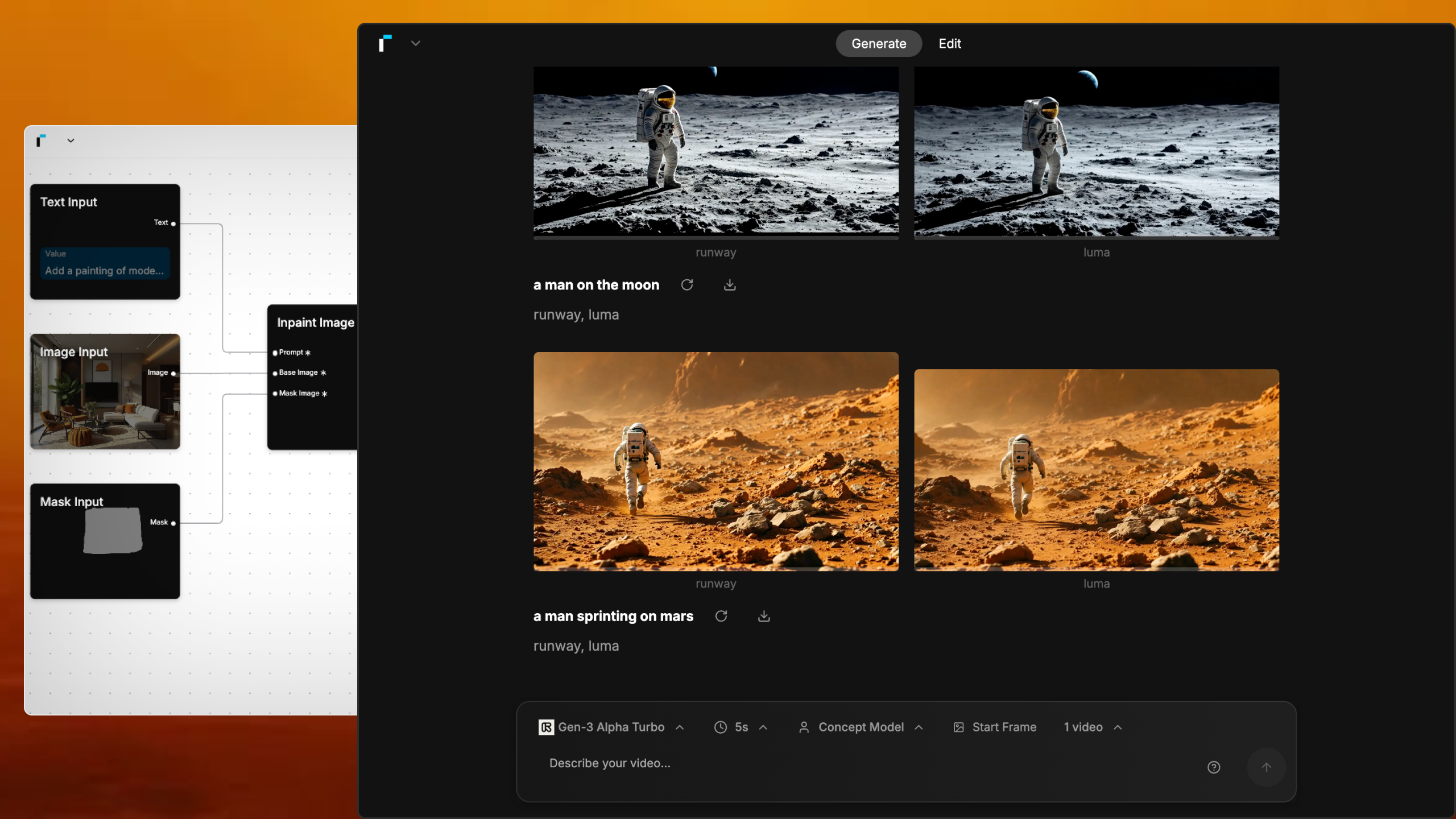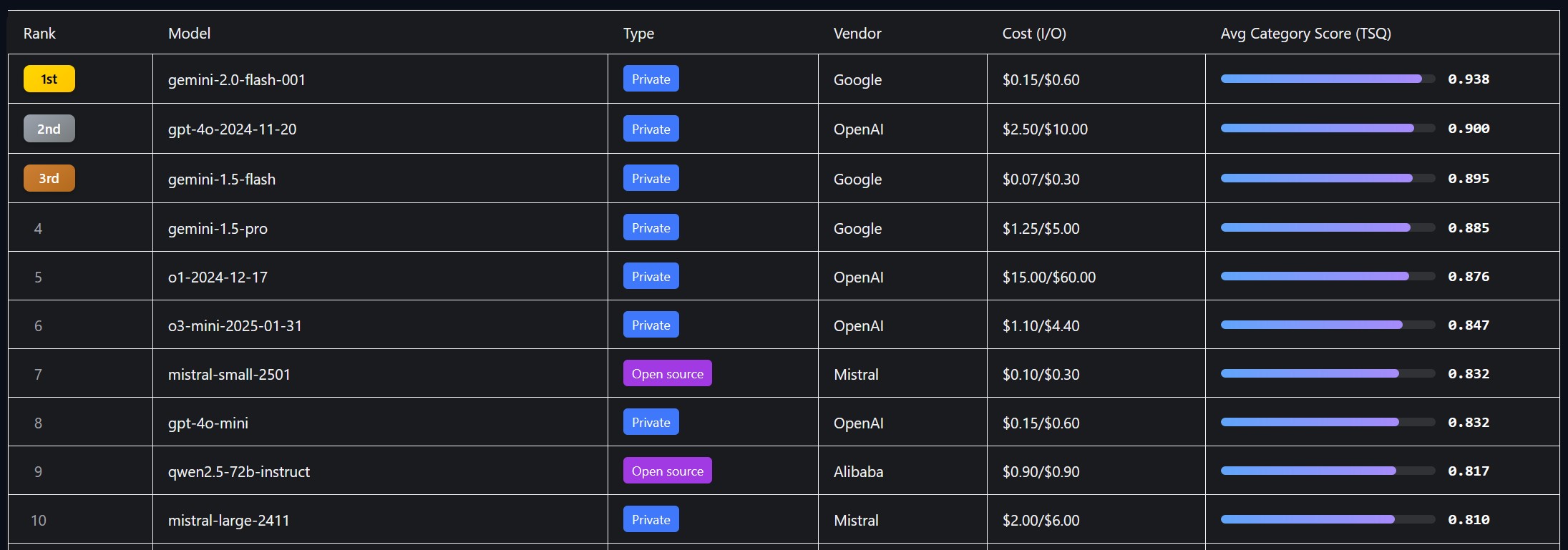BREAKING NEWS
LATEST POSTS
-
The VFX Reference Platform
The VFX Reference Platform is a set of tool and library versions to be used as a common target platform for building software for the VFX industry. Its purpose is to minimise incompatibilities between different software packages, ease the support burden for integrated pipelines and encourage further adoption of Linux by both studios and software vendors. The Reference Platform is updated annually by a group of software vendors in collaboration with the Visual Effects Society Technology Committee.
Each annual reference platform is designated by the calendar year in which major product releases should be targeting that particular reference.
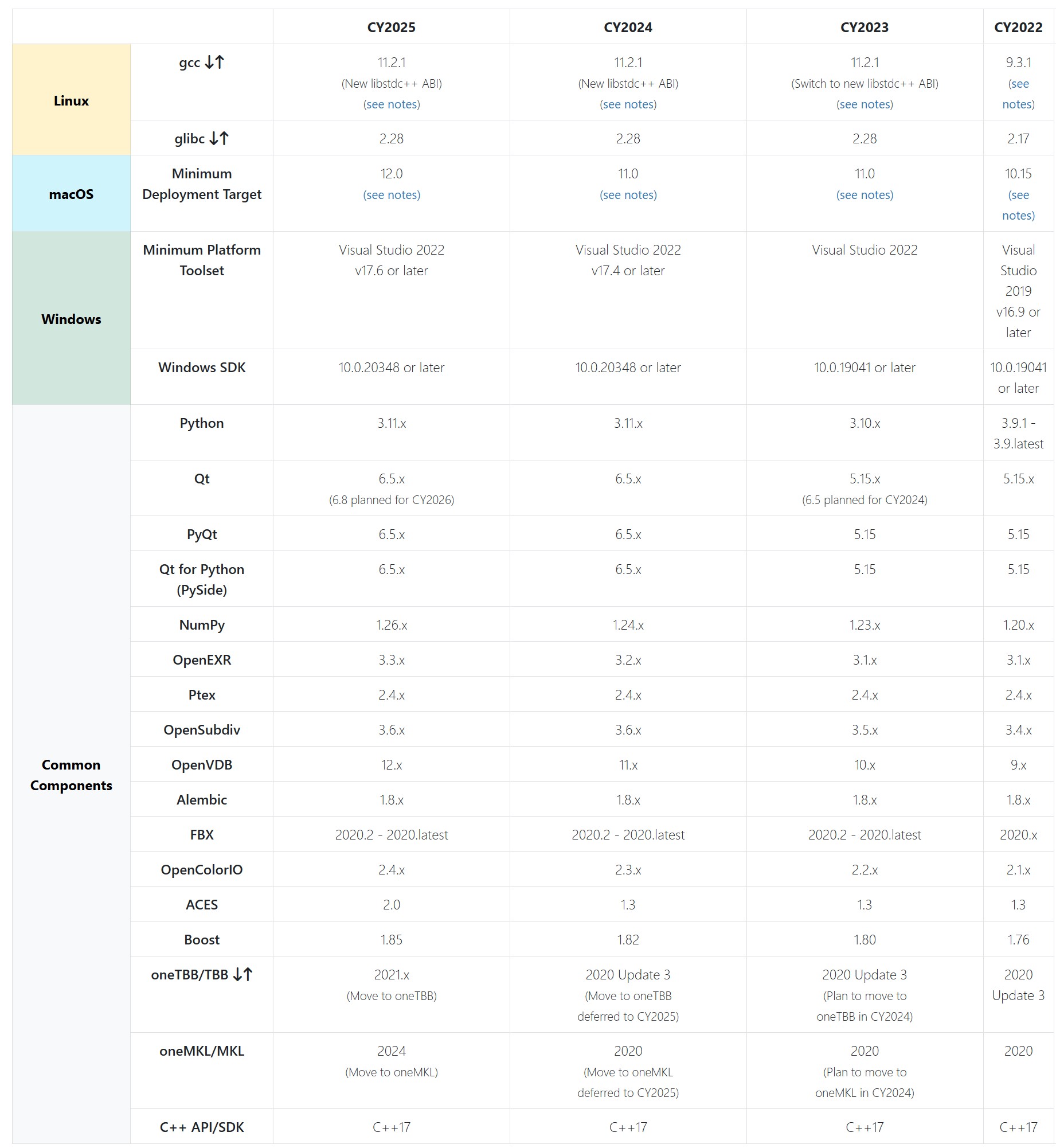
-
Deep Compositing in Nuke – a walkthrough
Depth Map: A depth map is a representation of the distance or depth information for each pixel in a scene. It is typically a two-dimensional array where each pixel contains a value that represents the distance from the camera to the corresponding point in the scene. The depth values are usually represented in metric units, such as meters. A depth map provides a continuous representation of the scene’s depth information.
For example, in Arnold this is achieved through a Z AOV, this collects depth of the shading points as seen from the camera.
(more…)
https://help.autodesk.com/view/ARNOL/ENU/?guid=arnold_user_guide_ac_output_aovs_ac_aovs_html
https://help.autodesk.com/view/ARNOL/ENU/?guid=arnold_for_3ds_max_ax_aov_tutorials_ax_zdepth_aov_html -
VFX Giant MPC and Parent Company Technicolor Shut Down Amid ‘Severe Financial Challenges
https://variety.com/2025/film/global/technicolor-vfx-mpc-shutter-severe-challenges-1236316354
Shaun Severi, Head of Creative Production at the Mill, claimed in a LinkedIn post that 4,500 had lost their jobs in 24 hours: “The problem wasn’t talent or execution — it was mismanagement at the highest levels…the incompetence at the top was nothing short of disastrous.”
According to Severi, successive company presidents “buried the company under massive debt by acquiring VFX Studios…the second president, after a disastrous merger of the post houses, took us public, artificially inflating the company’s value — only for it to come crashing down when the real numbers were revealed….and the third and final president, who came from a car rental company, had no vision of what she was building, selling or managing.”

-
Moondream Gaze Detection – Open source code
This is convenient for captioning videos, understanding social dynamics, and for specific cases such as sports analytics, or detecting when drivers or operators are distracted.
https://huggingface.co/spaces/moondream/gaze-demo
https://moondream.ai/blog/announcing-gaze-detection
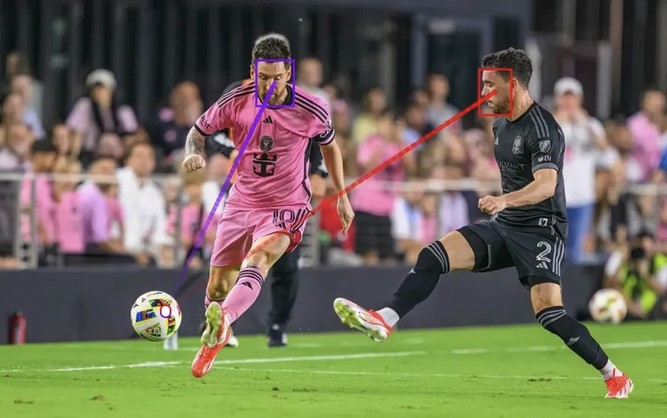
-
X-Dyna – Expressive Dynamic Human Image Animation
https://x-dyna.github.io/xdyna.github.io
A novel zero-shot, diffusion-based pipeline for animating a single human image using facial expressions and body movements derived from a driving video, that generates realistic, context-aware dynamics for both the subject and the surrounding environment.

-
Flex 1 Alpha – a pre-trained base 8 billion parameter rectified flow transformer
https://huggingface.co/ostris/Flex.1-alpha
Flex.1 started as the FLUX.1-schnell-training-adapter to make training LoRAs on FLUX.1-schnell possible.
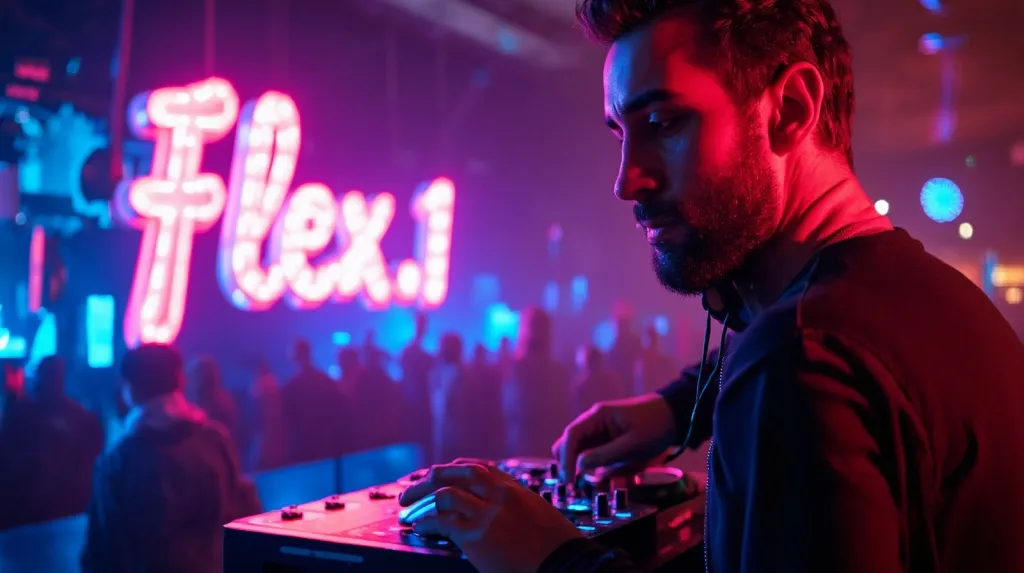
-
Generative Detail Enhancement for Physically Based Materials
https://arxiv.org/html/2502.13994v1
https://arxiv.org/pdf/2502.13994
A tool for enhancing the detail of physically based materials using an off-the-shelf diffusion model and inverse rendering.

-
Camera Metadata Toolkit (camdkit) for Virtual Production
https://github.com/SMPTE/ris-osvp-metadata-camdkit
Today
camdkitsupports mapping (or importing, if you will) of metadata from five popular digital cinema cameras into a canonical form; it also supports a mapping of the metadata defined in the F4 protocol used by tracking system components from Mo-Sys.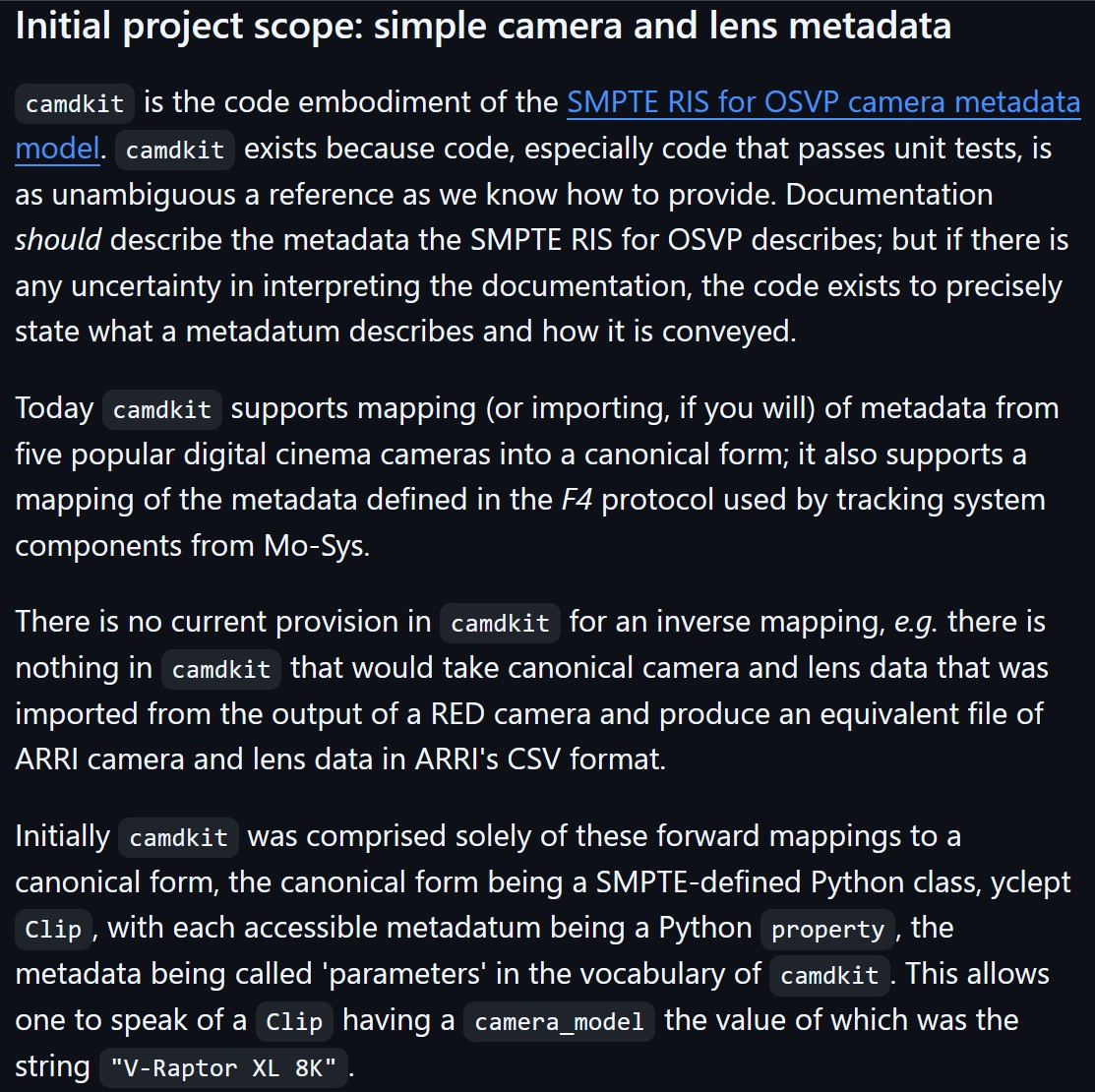
-
OpenTrackIO – free and open-source protocol designed to improve interoperability in Virtual Production
OpenTrackIO defines the schema of JSON samples that contain a wide range of metadata about the device, its transform(s), associated camera and lens. The full schema is given below and can be downloaded here.
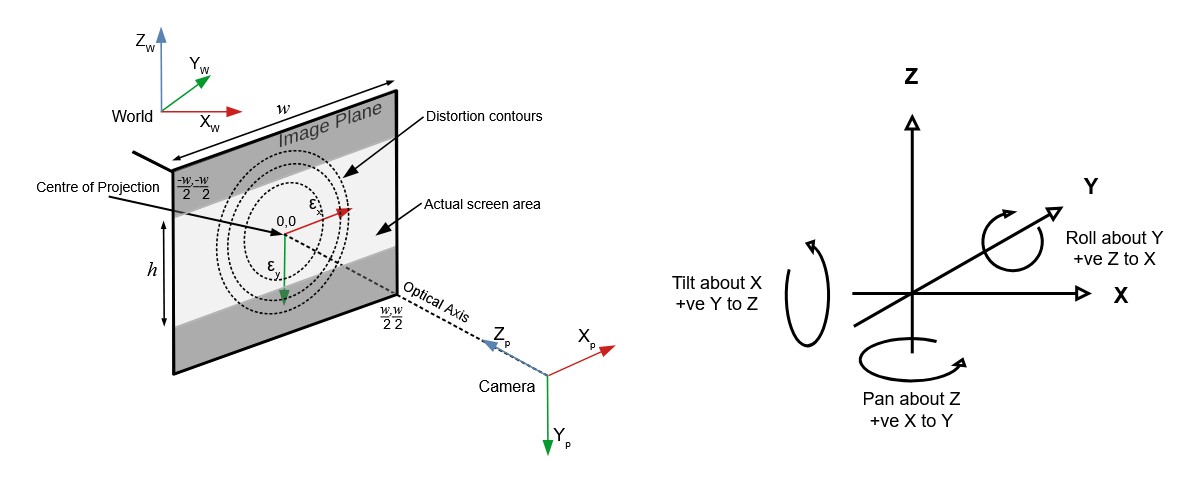
FEATURED POSTS
-
Methods for creating motion blur in Stop motion
en.wikipedia.org/wiki/Go_motion
Petroleum jelly
This crude but reasonably effective technique involves smearing petroleum jelly (“Vaseline”) on a plate of glass in front of the camera lens, also known as vaselensing, then cleaning and reapplying it after each shot — a time-consuming process, but one which creates a blur around the model. This technique was used for the endoskeleton in The Terminator. This process was also employed by Jim Danforth to blur the pterodactyl’s wings in Hammer Films’ When Dinosaurs Ruled the Earth, and by Randal William Cook on the terror dogs sequence in Ghostbusters.[citation needed]Bumping the puppet
Gently bumping or flicking the puppet before taking the frame will produce a slight blur; however, care must be taken when doing this that the puppet does not move too much or that one does not bump or move props or set pieces.Moving the table
Moving the table on which the model is standing while the film is being exposed creates a slight, realistic blur. This technique was developed by Ladislas Starevich: when the characters ran, he moved the set in the opposite direction. This is seen in The Little Parade when the ballerina is chased by the devil. Starevich also used this technique on his films The Eyes of the Dragon, The Magical Clock and The Mascot. Aardman Animations used this for the train chase in The Wrong Trousers and again during the lorry chase in A Close Shave. In both cases the cameras were moved physically during a 1-2 second exposure. The technique was revived for the full-length Wallace & Gromit: The Curse of the Were-Rabbit.Go motion
The most sophisticated technique was originally developed for the film The Empire Strikes Back and used for some shots of the tauntauns and was later used on films like Dragonslayer and is quite different from traditional stop motion. The model is essentially a rod puppet. The rods are attached to motors which are linked to a computer that can record the movements as the model is traditionally animated. When enough movements have been made, the model is reset to its original position, the camera rolls and the model is moved across the table. Because the model is moving during shots, motion blur is created.A variation of go motion was used in E.T. the Extra-Terrestrial to partially animate the children on their bicycles.
-
Scene Referred vs Display Referred color workflows
Display Referred it is tied to the target hardware, as such it bakes color requirements into every type of media output request.
Scene Referred uses a common unified wide gamut and targeting audience through CDL and DI libraries instead.
So that color information stays untouched and only “transformed” as/when needed.Sources:
– Victor Perez – Color Management Fundamentals & ACES Workflows in Nuke
– https://z-fx.nl/ColorspACES.pdf
– Wicus
-
Photography basics: Exposure Value vs Photographic Exposure vs Il/Luminance vs Pixel luminance measurements
Also see: https://www.pixelsham.com/2015/05/16/how-aperture-shutter-speed-and-iso-affect-your-photos/
In photography, exposure value (EV) is a number that represents a combination of a camera’s shutter speed and f-number, such that all combinations that yield the same exposure have the same EV (for any fixed scene luminance).
The EV concept was developed in an attempt to simplify choosing among combinations of equivalent camera settings. Although all camera settings with the same EV nominally give the same exposure, they do not necessarily give the same picture. EV is also used to indicate an interval on the photographic exposure scale. 1 EV corresponding to a standard power-of-2 exposure step, commonly referred to as a stop
EV 0 corresponds to an exposure time of 1 sec and a relative aperture of f/1.0. If the EV is known, it can be used to select combinations of exposure time and f-number.Note EV does not equal to photographic exposure. Photographic Exposure is defined as how much light hits the camera’s sensor. It depends on the camera settings mainly aperture and shutter speed. Exposure value (known as EV) is a number that represents the exposure setting of the camera.
Thus, strictly, EV is not a measure of luminance (indirect or reflected exposure) or illuminance (incidentl exposure); rather, an EV corresponds to a luminance (or illuminance) for which a camera with a given ISO speed would use the indicated EV to obtain the nominally correct exposure. Nonetheless, it is common practice among photographic equipment manufacturers to express luminance in EV for ISO 100 speed, as when specifying metering range or autofocus sensitivity.
The exposure depends on two things: how much light gets through the lenses to the camera’s sensor and for how long the sensor is exposed. The former is a function of the aperture value while the latter is a function of the shutter speed. Exposure value is a number that represents this potential amount of light that could hit the sensor. It is important to understand that exposure value is a measure of how exposed the sensor is to light and not a measure of how much light actually hits the sensor. The exposure value is independent of how lit the scene is. For example a pair of aperture value and shutter speed represents the same exposure value both if the camera is used during a very bright day or during a dark night.
Each exposure value number represents all the possible shutter and aperture settings that result in the same exposure. Although the exposure value is the same for different combinations of aperture values and shutter speeds the resulting photo can be very different (the aperture controls the depth of field while shutter speed controls how much motion is captured).
EV 0.0 is defined as the exposure when setting the aperture to f-number 1.0 and the shutter speed to 1 second. All other exposure values are relative to that number. Exposure values are on a base two logarithmic scale. This means that every single step of EV – plus or minus 1 – represents the exposure (actual light that hits the sensor) being halved or doubled.Formulas
(more…)





